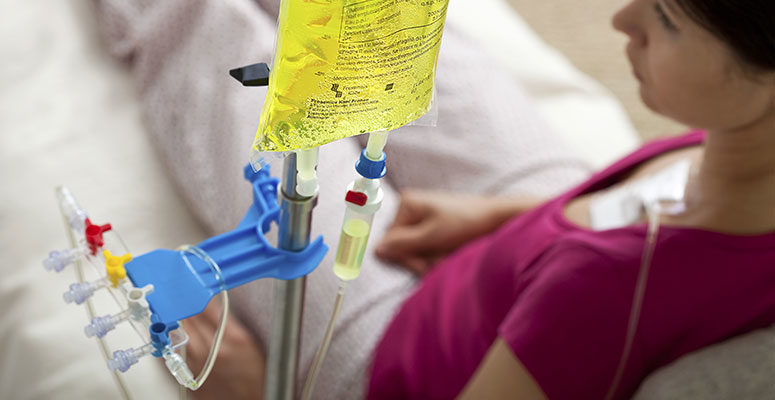Ventricular assist devices are mainly implanted in those who are not fit for undergoing a heart transplant. Sometimes, it is a viable option for patients who have to wait long to find a suitable donor.
Even though the ventricular assist device cost in India is substantial, their efficacy lies in the fact that they prolong patients’ lives. Patients with malfunctioning or failed hearts need to undergo LVAD surgery. It is implanted for the mechanical functioning of the heart.
One can place the equipment in both left and right ventricles, but mostly it is implanted on the left side. Thus It is commonly known as a left ventricular assist device. Doctors recommend this implantation for people above the age of 65 with other chronic conditions.
Know-How a Ventricular Assist Device Functions
The ventricular assist device consists of a small tube that helps extract blood from the left ventricle. The blood is then moved into a pump and sent further into the aorta. It allows the weakened ventricle to function properly with artificial assistance.
The VAD consists of internal and external components, and the pump is usually placed right above the abdominal portion. This equipment is portable and can be used for many weeks and months.
After the VAD is implanted in a patient, the patient can be discharged after effective monitoring. So the patients can experience a good quality of life until they find a suitable heart donor.
Benefits of Implanting a Ventricular Assist Device
The ventricular assist device shows significant benefits to those people who have implanted them. It works like an artificial heart that performs all the functionalities of the heart and keeps the person alive. Some other benefits of implanting a ventricular assist device are:
- It is an excellent alternative for people who cannot find a suitable donor or have to wait for a long period to find one.
- It helps restore and maintain the blood flow of a person who has a comparatively weaker heart.
- It works as an excellent alternative for those whose hearts are damaged by significant heart disease. So in a way, it reduces the shortness of breath and relieves other heart-related symptoms.
- It helps improve and maintain the organs, thereby helping people go through cardiac rehabilitation.
- It enhances the quality of life and considerably increases the time of survival.
What are the Possible Complications?
Even though ventricular assist devices provide immense benefits, it includes greater possibilities of risks. Since the surgery is open heart, it has significant risks. Some of them are:
- Internal bleeding
- Device failure
- Respiratory failure
- Failure of the right ventricle
- Stroke
- Kidney failure
- Respiratory failure
After the VAD is implanted in a person, they remain constantly connected with it. It is attached to an external controller and a power source that keeps it functional.
To Conclude
Implanting a ventricular assist device will significantly help provide a new life to a recipient. It keeps the person alive, stable, and robust for performing daily activities. Get in touch with Max Hospitals for acquiring the best medical services at affordable rates.

